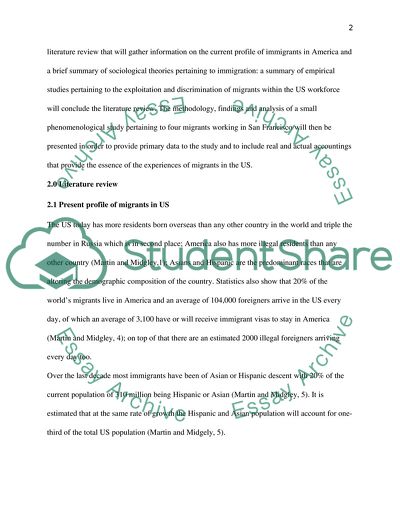Cite this document
(Immigration: Exploitation or Not Research Paper, n.d.)
Immigration: Exploitation or Not Research Paper. Retrieved from https://studentshare.org/social-science/1745276-immigration
Immigration: Exploitation or Not Research Paper. Retrieved from https://studentshare.org/social-science/1745276-immigration
(Immigration: Exploitation or Not Research Paper)
Immigration: Exploitation or Not Research Paper. https://studentshare.org/social-science/1745276-immigration.
Immigration: Exploitation or Not Research Paper. https://studentshare.org/social-science/1745276-immigration.
“Immigration: Exploitation or Not Research Paper”, n.d. https://studentshare.org/social-science/1745276-immigration.


